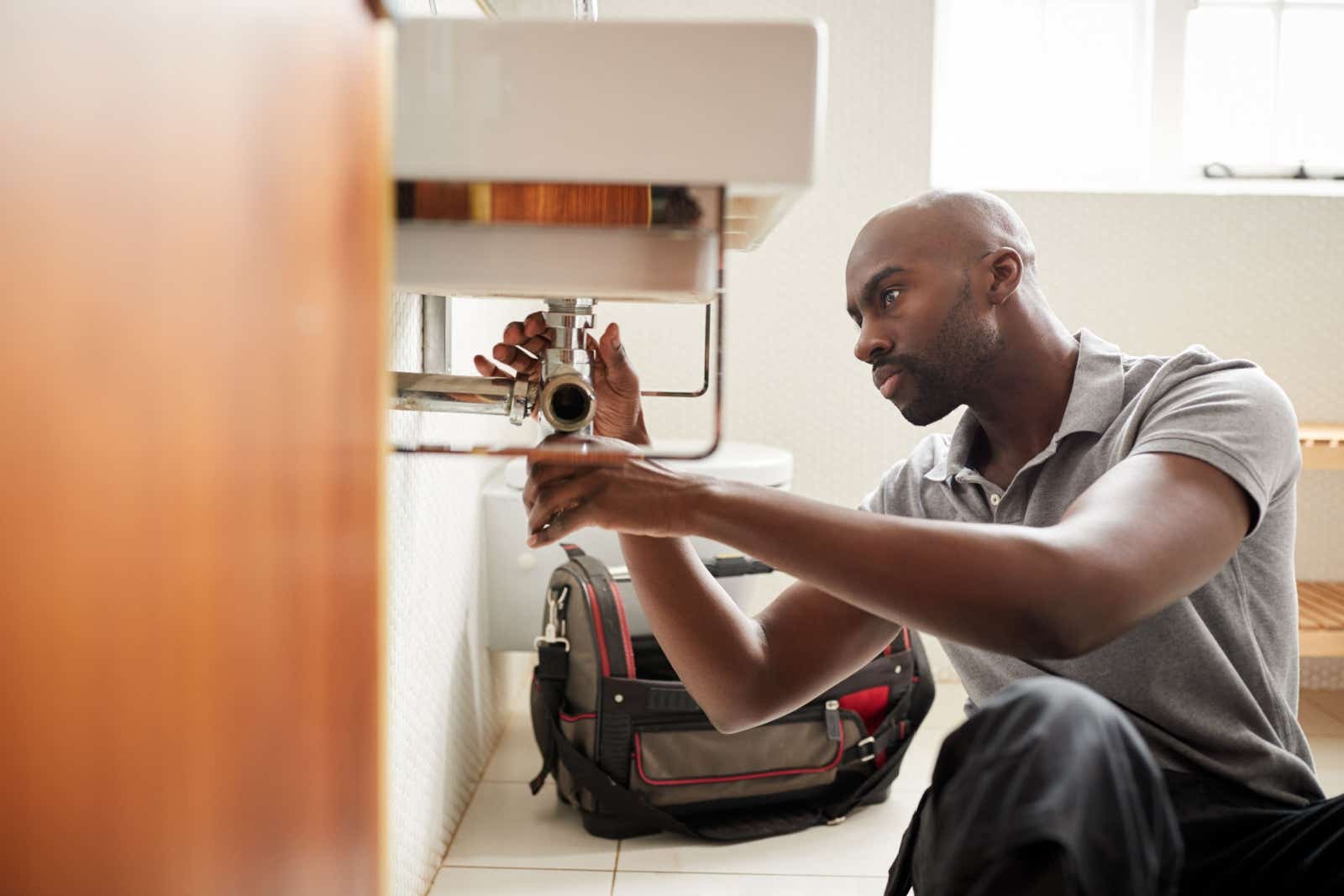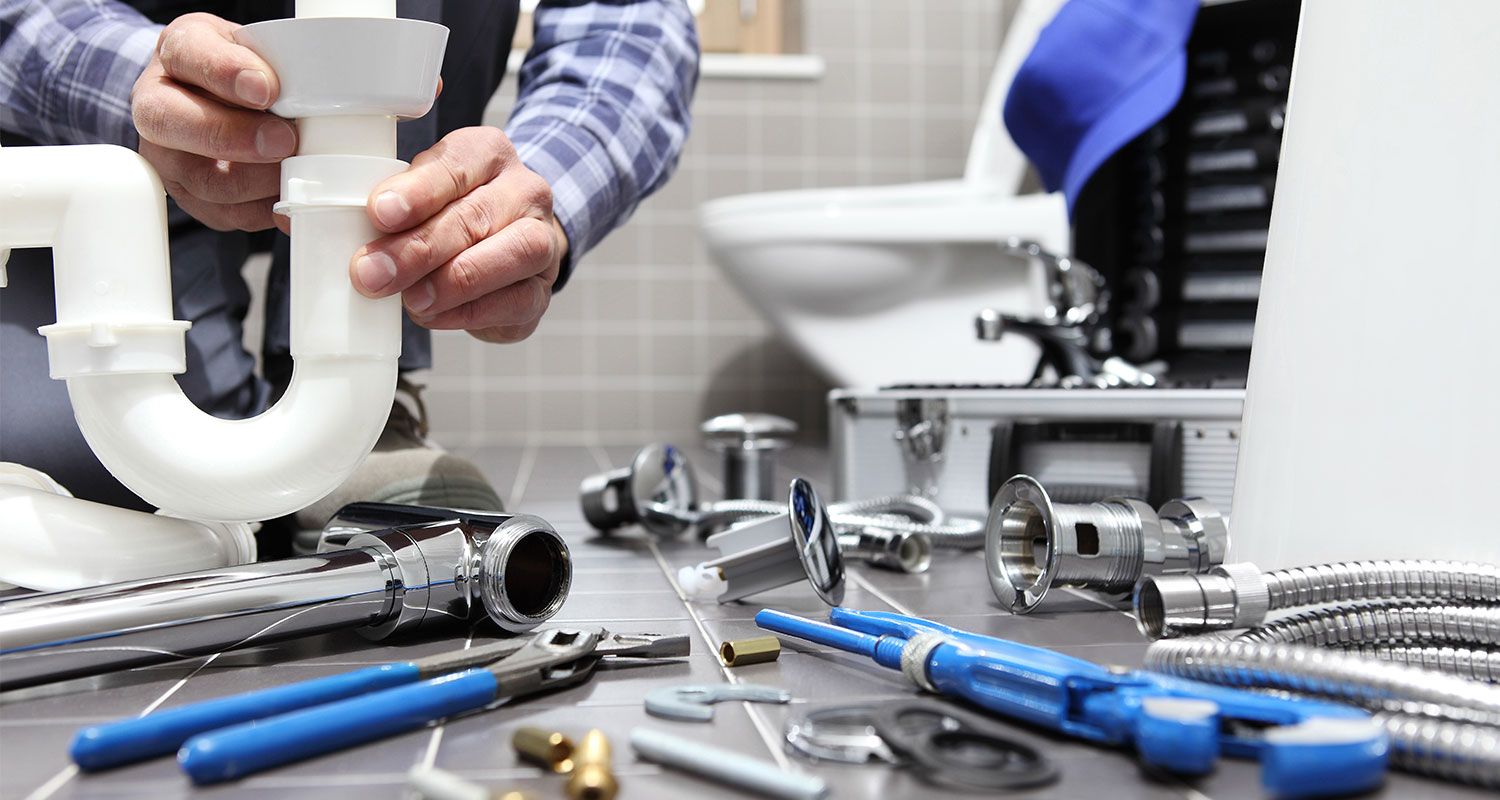Expert Water Heater Installation Alabaster AL You Can Trust
Expert Water Heater Installation Alabaster AL You Can Trust
Blog Article
A Detailed Guide to Reliable Water Heating Unit Installment for Ideal Efficiency
Embarking on the task of mounting a water heating system is an endeavor that demands precision and a methodical technique for accomplishing ideal performance. As you proceed, the complexities of attaching water supply lines and establishing up reputable electrical or gas links wait for, encouraging understandings into ensuring efficiency and reliability.
Selecting the Right Water Heating System

Following, consider the size and ability of the hot water heater. It's crucial to examine your household's warm water needs, which can vary based on the variety of owners and their usage patterns. A system that's as well little might lead to inadequate warm water, while a large model may result in unneeded power consumption.
Effectiveness ratings also play a crucial function in selection. Look for water heating units with high Power Aspect (EF) ratings, indicating remarkable efficiency and reduced energy use. Tankless designs, though commonly extra expensive upfront, offer considerable power financial savings over time due to their on-demand heating capacities.
Preparing the Installment Area
Before installing a brand-new hot water heater, meticulous preparation of the installation area is important. This guarantees a smooth installation procedure and assists prevent future difficulties (Plumbing Services Alabaster AL). Begin by picking a suitable place that adheres to local building regulations and safety standards. The location should be dry, well-ventilated, and obtainable for upkeep. It's important to determine the space very carefully to fit the water heater's dimensions, guaranteeing ample clearance around the device for effective operation and servicing.
Inspect the flooring for security, as the water heating system will certainly need a strong, degree surface to run effectively. If required, mount a drip frying pan under the system to catch potential leaks or spills, preventing water damage to the surrounding location.
Furthermore, make certain that all essential tools and products are on hand prior to beginning the setup. This consists of items such as wrenches, screwdrivers, a degree, and any additional equipment required for securing the heating unit and installing. A well-prepared installment area sets the structure for an effective hot water heater arrangement, optimizing performance and safety and security.
Connecting Supply Of Water Lines
When connecting supply of water lines to your newly installed water heater, it is crucial to make certain that all links are leak-free and protected to preserve effective operation and avoid water damage. Begin by identifying the warm and cool water system lines. The this contact form cold water inlet is usually noted with a blue tag or a "C", while the warm water electrical outlet is marked with a red tag or an "H".
Usage adaptable water heating system connectors to help with a less complicated setup process. Before attaching the adapters, position a plumbing professional's tape around the threaded ends of the water heating system's inlet and outlet pipes.
Once links remain in place, slowly switch on the main supply of water shutoff. Inspect each connection for leaks by visually checking and feeling for moisture. Tighten links as required, and guarantee the pressure relief shutoff is appropriately mounted, guarding against extreme pressure accumulation.
Establishing Electric or Gas Links
Effectively setting up the electric or gas links for your water heating unit is an important action to ensure secure and effective procedure. For electric water heating systems, begin by validating that the electric circuit is compatible with the heater's voltage and amperage needs.
For gas water heaters, security is paramount. Link the gas line to the water heating system making use of a flexible gas connector, guaranteeing it is appropriately threaded and secured with pipe joint substance her latest blog or Teflon tape appropriate for gas connections.
As soon as links are made, evaluate for any possible leaks. For gas lines, use a soapy water remedy to the joints; bubbles show a leak. For electric links, confirm that all electrical wiring is safe and secure and properly shielded, preserving conformity with neighborhood electrical codes.
Readjusting and evaluating for Performance
With the electric and gas connections firmly in location, the next action is evaluating the functional efficiency of your water heating unit. Begin by very carefully transforming on the water supply and making sure there are no leaks at any of the joints or shutoffs.
Next, perform a detailed inspection to make certain the burner or gas burners are working appropriately. For electrical heating systems, utilize a multimeter to validate if the components are drawing the proper current. In gas designs, observe the heater fire; it needs to be steady and blue, showing effective combustion.
Readjust the settings as needed to get rid of ineffectiveness. Think about implementing insulation procedures, such as adding a water heating system blanket, to even more enhance efficiency by reducing warmth loss. In addition, check the anode pole's condition, as a shabby pole can lower performance and result in storage tank rust.
Verdict
Reliable water heating system setup is vital for guaranteeing ideal efficiency and energy cost savings. Safely connecting water supply lines and thoroughly Click Here establishing up electrical or gas connections minimize potential issues.

Properly establishing up the electrical or gas links for your water heating system is an important action to make sure secure and reliable operation. For electric water heating units, start by validating that the electrical circuit is compatible with the heater's voltage and amperage demands. Attach the gas line to the water heating system utilizing an adaptable gas port, guaranteeing it is correctly threaded and sealed with pipe joint compound or Teflon tape suitable for gas connections.
Report this page